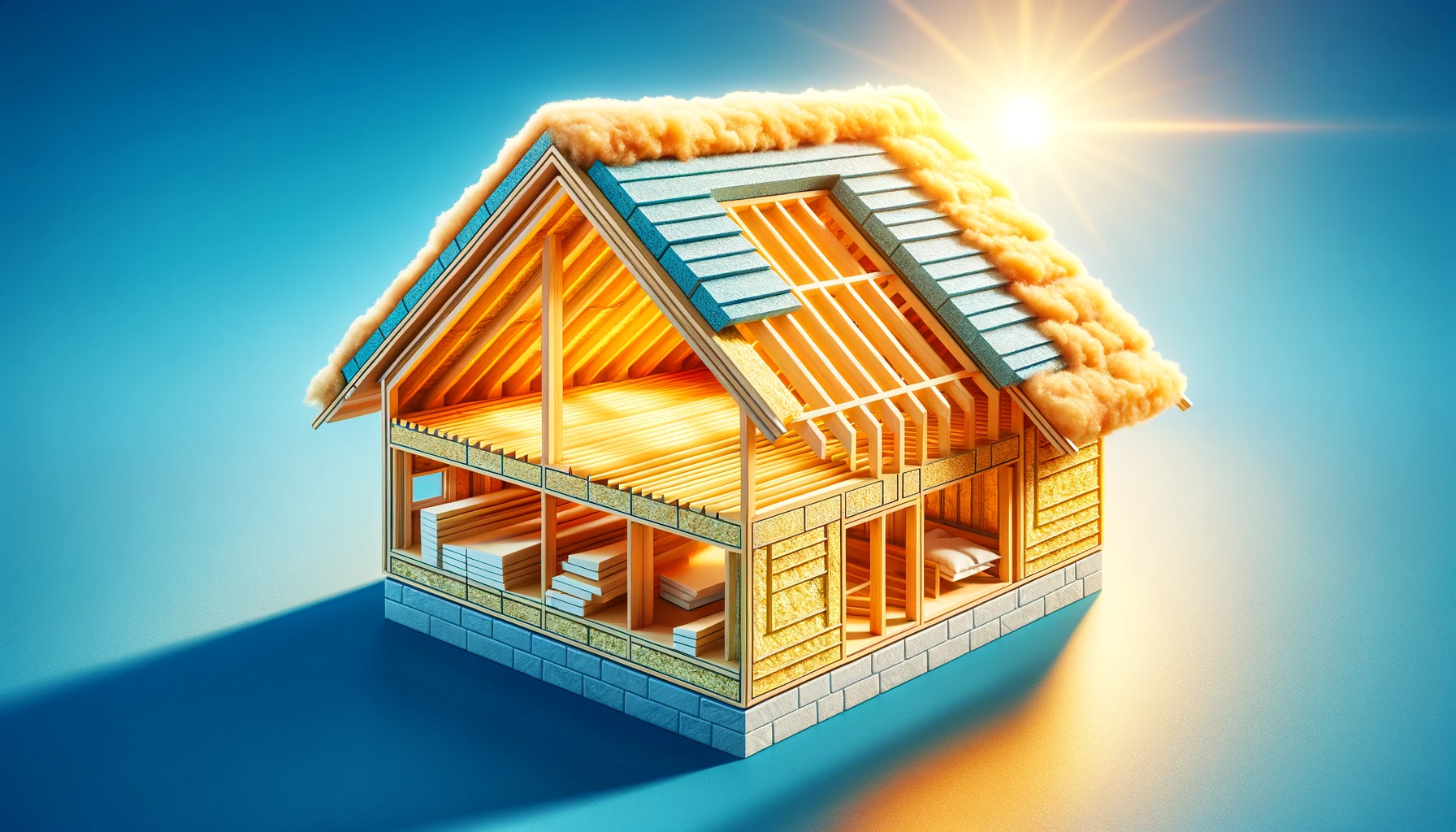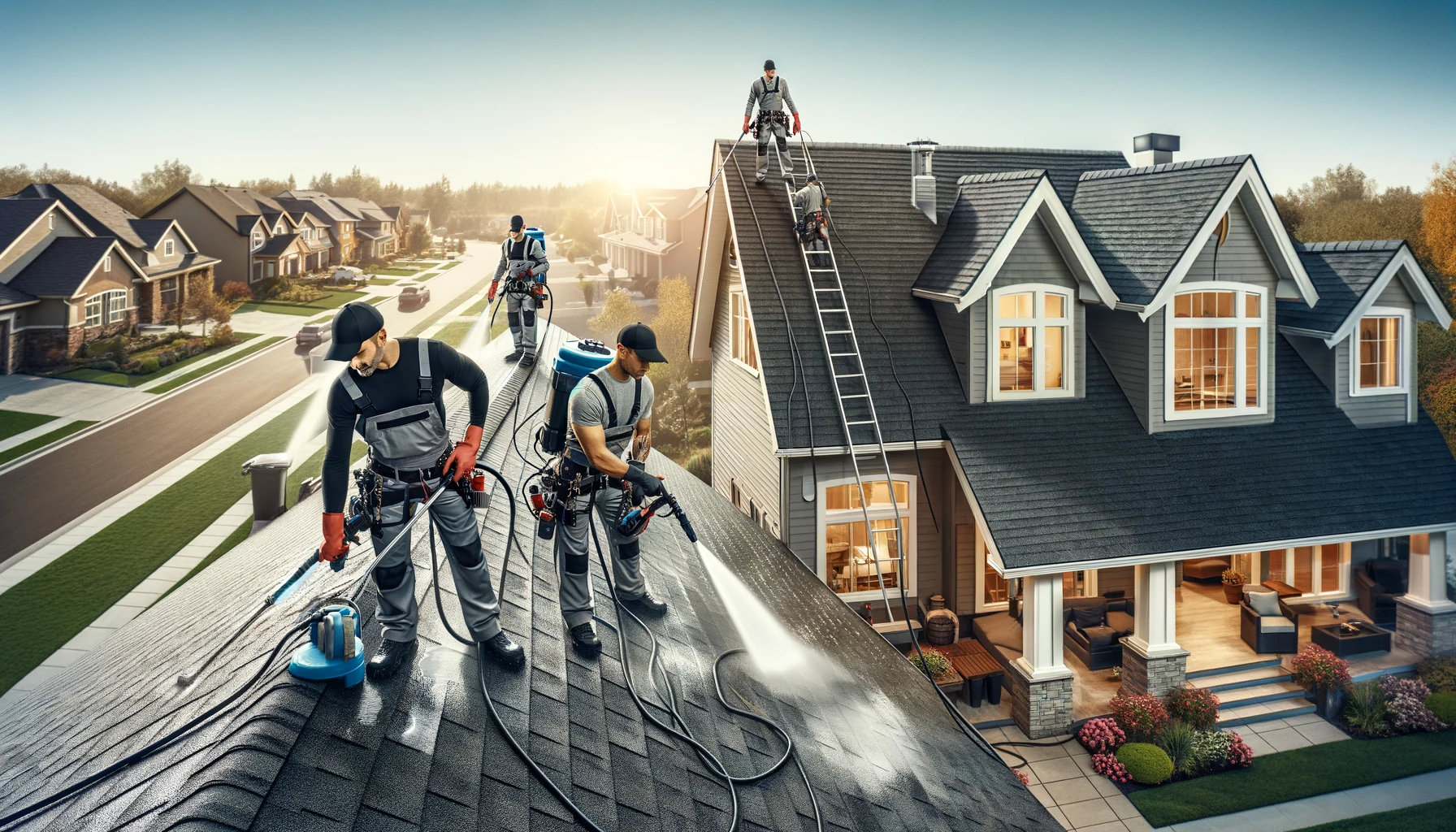The Role of Roofing in Fire Protection: Essential Tips for Safety

In the heart of Arizona, where the sun blazes down on homes and nature occasionally shows its harsh side, protecting your home from fire hazards is not just a precaution—it's a necessity. The roof, a critical component of your home's structure, plays a pivotal role in fire protection. In this blog, we'll explore the importance of roofing in fire safety and provide essential tips for Arizona homeowners.
Understanding Fire Ratings for Roofing Materials
When selecting roofing materials, it's crucial to understand fire ratings. These ratings, classified as Class A, B, or C, indicate the material's ability to withstand fire exposure. Class A materials, such as tile, metal, and certain composite shingles, offer the highest level of fire resistance. These materials are particularly suitable for Arizona's climate, where the risk of wildfires or accidental fires can be higher.
The Benefits of Fire-Resistant Roofing Materials
- Enhanced Safety: The primary benefit of using fire-resistant roofing materials is the increased safety they provide. These materials can slow the spread of fire, giving residents more time to evacuate and firefighters more time to respond.
- Reduced Damage: In case of a fire, fire-resistant materials can help contain the damage to a smaller area, potentially saving other parts of the home and reducing repair costs.
- Insurance Advantages: Many insurance companies recognize the value of fire-resistant roofing, often offering lower premiums to homes with higher-rated materials.
Regular Maintenance: A Key to Fire Safety
A well-maintained roof is crucial in preventing fires. Regular inspections can identify potential hazards, such as accumulated debris, which can be highly flammable. Here are some maintenance tips:
- Clear Debris Regularly: Leaves, twigs, and other debris can accumulate on your roof. These materials can easily catch fire from a stray spark or ember.
- Trim Overhanging Branches: Tree limbs hanging over your roof can act as conduits for fire to reach your home. Keeping them trimmed reduces this risk.
- Inspect for Damage: Regularly check for damaged or missing shingles, as these can expose more vulnerable parts of your roof to fire.
Innovative Roofing Technologies for Enhanced Fire Protection
Advancements in roofing technology have introduced several innovations that enhance fire protection:
- Fire-Resistant Coatings: Specialized coatings can be applied to existing roofs, enhancing their fire resistance without the need for a full replacement.
- Improved Venting Systems: Proper venting can prevent hot air and embers from becoming trapped under the roof, reducing fire risk.
- Heat Reflective Materials: These materials not only improve energy efficiency but also reduce the heat buildup, a factor in fire spread.
Preparing for Emergencies: A Fire Safety Plan
While a fire-resistant roof is a significant safety feature, it's part of a broader fire safety plan. Homeowners should:
- Have an Evacuation Plan: Ensure that everyone in the home knows what to do and where to go in case of a fire.
- Install and Maintain Smoke Detectors: These devices are essential for early fire detection and should be regularly tested.
- Keep Fire Extinguishers Accessible: Having fire extinguishers in key locations around your home can help control small fires before they spread.
Conclusion
The roof is your home's first line of defense against fire. Choosing the right materials, maintaining your roof, and being prepared for emergencies are crucial steps in protecting your home and loved ones. As residents of Arizona, where the climate and environment pose unique challenges, understanding and implementing these fire safety measures can make all the difference.
Stay safe, stay prepared, and remember: your roof isn't just a shelter—it's a guardian against the elements and hazards like fire.














